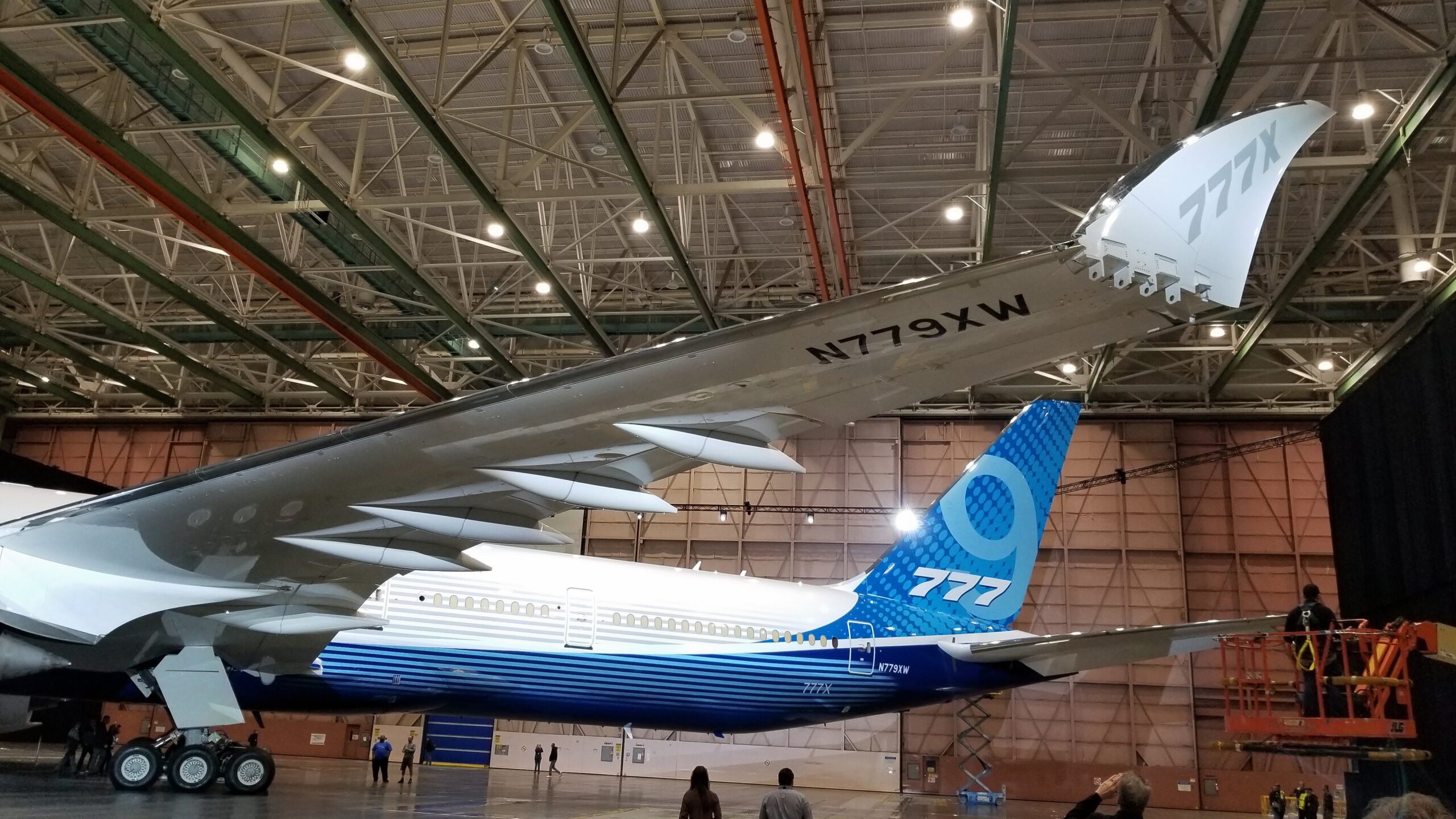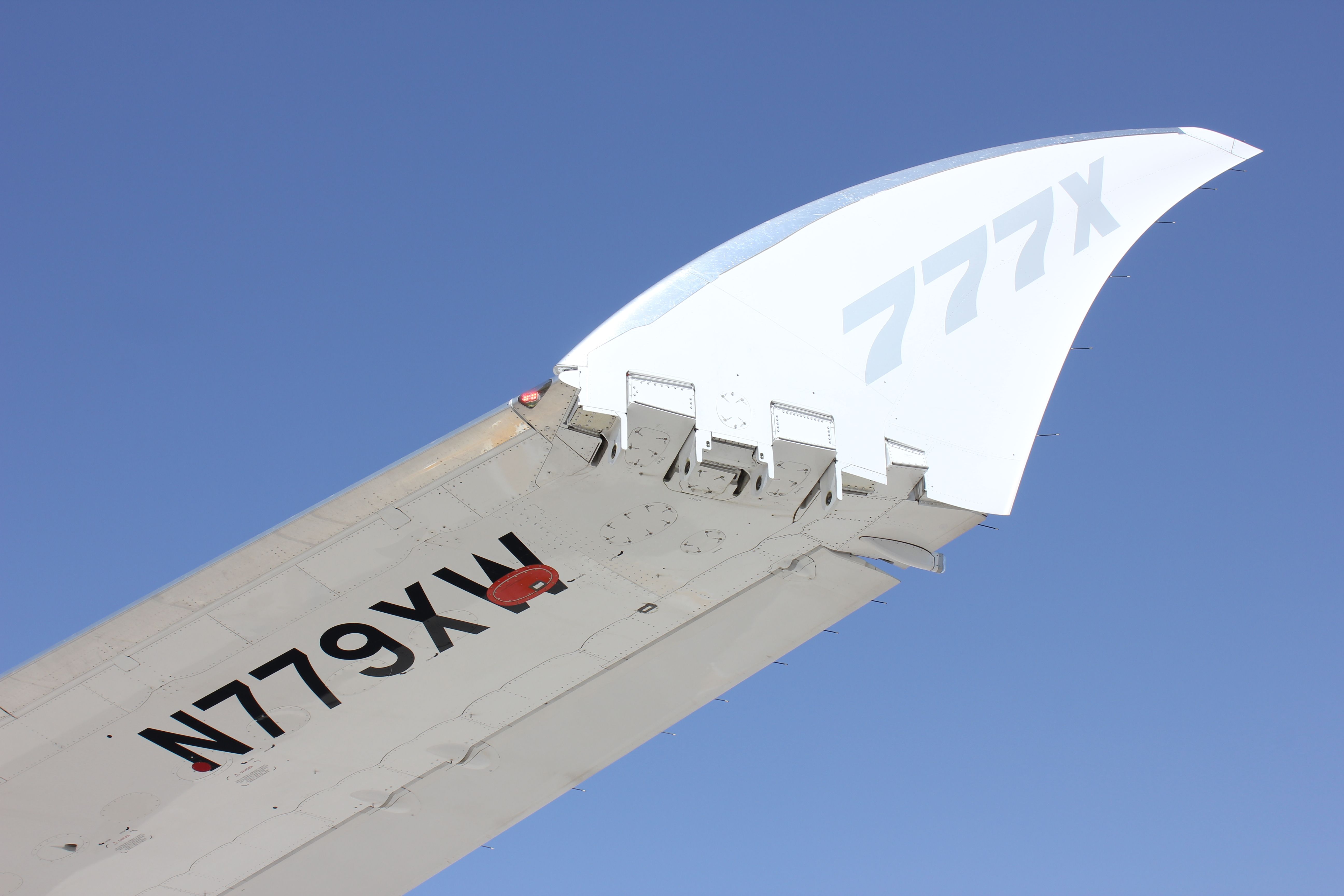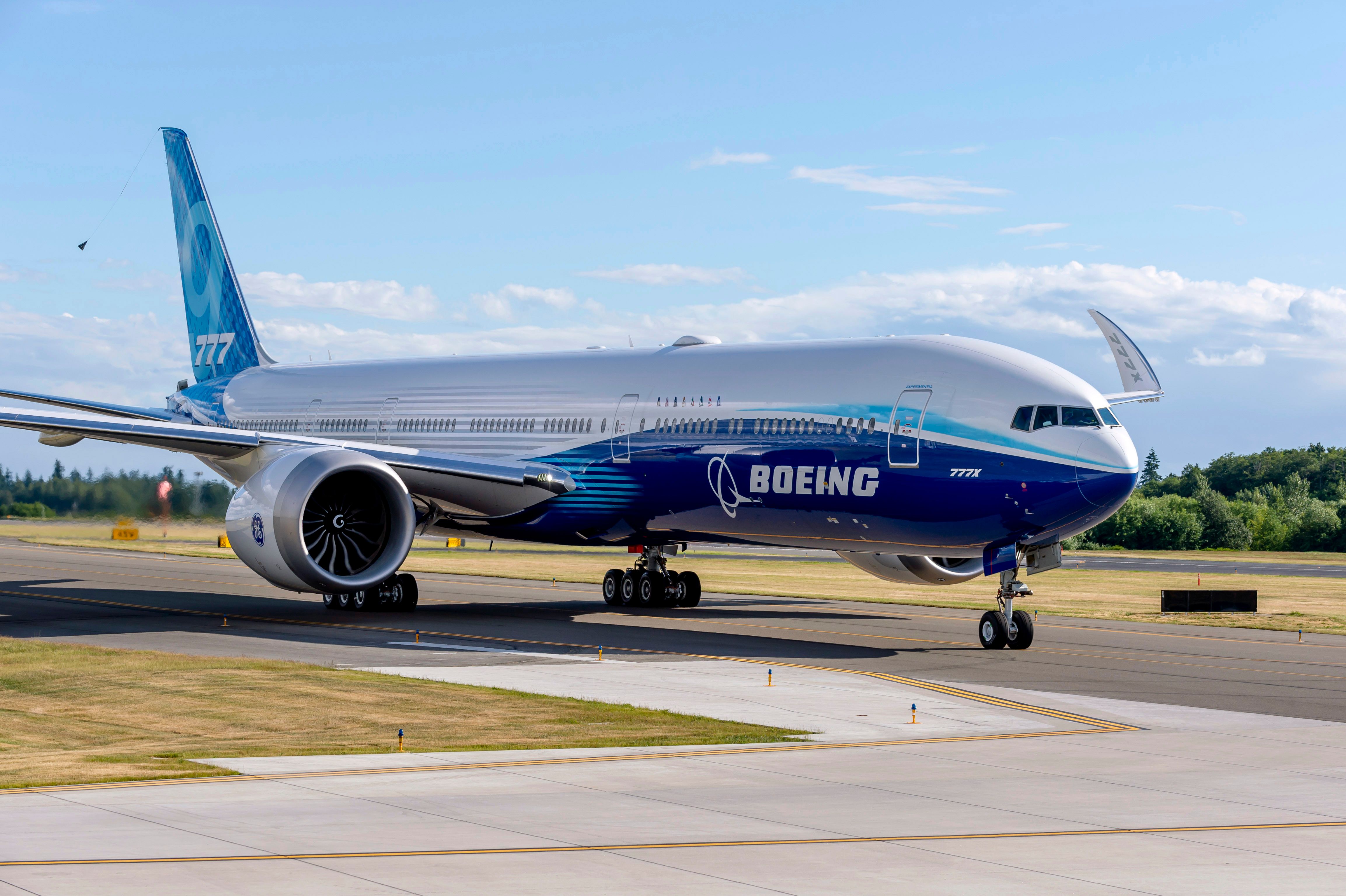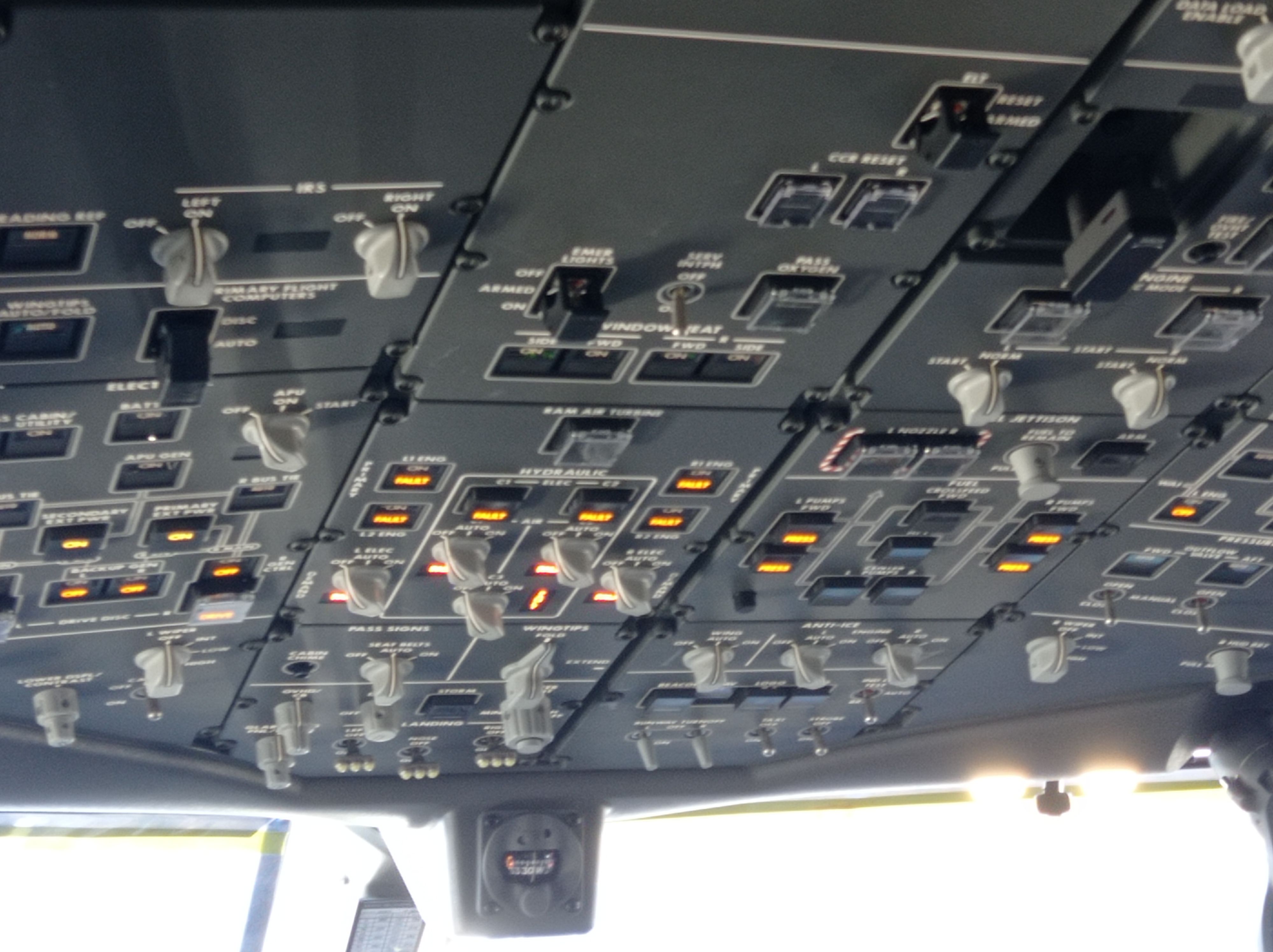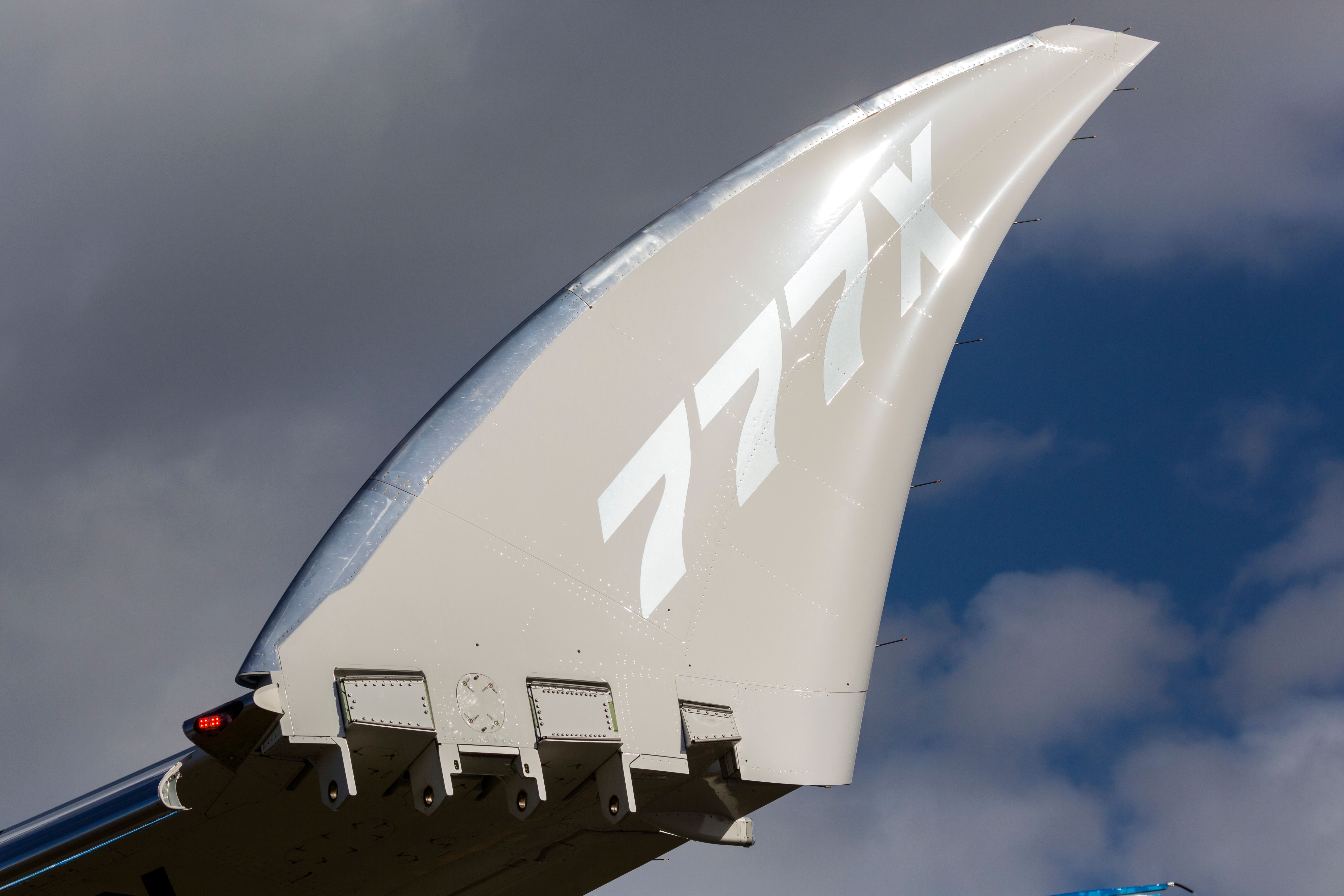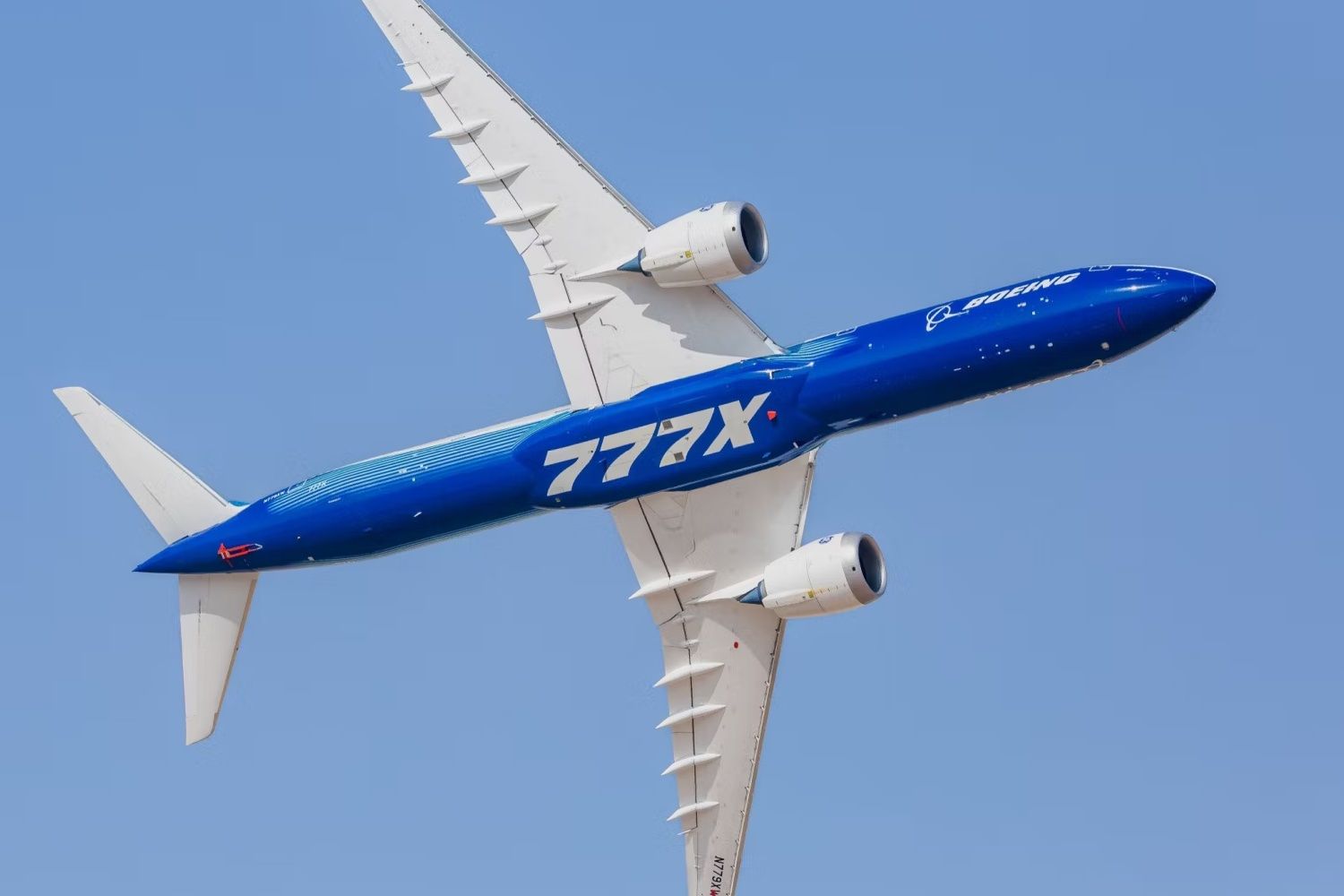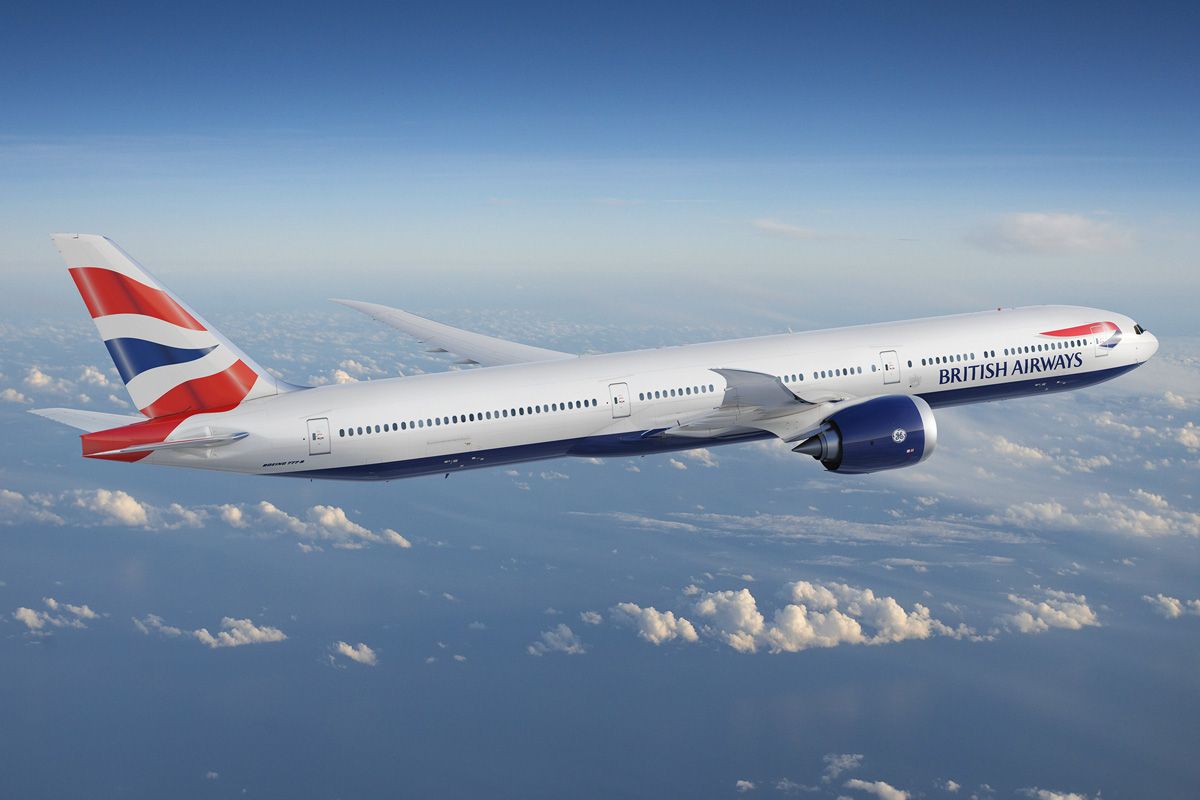Summary
- Boeing introduced the fuel-efficient 777X with folding wingtips to reduce wingspan at airports.
- The folding wingtips change the 777X from Category F to E, allowing it to access more airports.
- The technology for the folding wingtips is not new, and Airbus has also patented similar technology but not developed it fully.
Introduced in 1990, the Boeing 777 is the manufacturer’s largest aircraft. In 28 years, Boeing has upgraded the model only once. The third generation, or 777X, was announced in 2010 and is expected to enter service in 2025.
Boeing created the 777X to increase fuel efficiency, reduce operating costs, and be more sustainable overall. It achieved this by revamping major components of the existing 777 models. The manufacturer has used the 787 Dreamliner as the inspiration and benchmark of what the 777X should be. The majority of the technology and systems of the 777X can be traced back to the 787. But one of its major features – the folding wingtips – is exclusive to the 777X.
Why do the wingtips fold
The larger wings on the 777X are necessary for efficient performance. They increase the total lift while reducing drag and improving aerodynamic efficiency. This helps in flight, but on the ground, it is an operating burden at airports.
The folding wingtips of the 777X reduce the aircraft’s wingspan from 71.8 m (235 ft 5 in) to 64.8 m (218 ft 8 in). A reduction of 7 m (23 ft) might not seem like a lot, but it has a considerable effect.
Photo: Arnold O. A. Pinto | Shutterstock
Folding the wingtips changes the 777X from a Category F aircraft to a Category E. This change is incredibly important because most major airports worldwide are Category E airports. If the 777X remained a category F aircraft, it would severely limit the number of airports it can fly to. With the same wingspan as the 777, the 777X can use the same taxiways, gates, and other infrastructure.
Photo: Boeing
Increased wingspan was a major problem and limitation of the Airbus A380, and was something that Boeing was keen to avoid. Its huge size required the largest wingspan yet for a commercial aircraft, and placed it firmly into the higher category. Limited airports have kept it stuck to certain routes and hub-based operations.
The technology is not new
Folding wingtips on a jetliner isn’t a new or novel idea. It has existed since Boeing patented the technology in the 1990s, at roughly the same time it introduced the original 777. It was also offered as an option in the previous generations of the 777, but it wasn’t utilized because it wasn’t necessary.
How do the wingtips fold
The entire mechanism is operated by a switch that matches the position of the wingtips to allow pilots to know what orientation the wingtips are quickly. Flipping the switch from vertical to horizontal unfurls the tips and prepares the aircraft for code F operations or takeoffs. This is located on the lower of the central upper panel and looks distinctly like a wingtip. Simple Flying got to see this when touring the 777X test aircraft at Farnborough in 2022.
Photo: Justin Hayward | Simple Flying
Once the switch is flipped, the wingtips will lock in the takeoff position within 20 seconds. On the flip side, after landing and slowing past 50 kts, the wingtips will automatically begin to fold. Pilots can monitor the orientation of the wingtips through new iconography on the EICAS.
Photo: BlueBarronPhoto | Shutterstock
The new wings on the 777X
The focus of the 777X aerodynamically is its brand-new wings. Boeing changed the design and made the wings much larger, increasing surface area and, more importantly, wingspan. The increase in the wingspan allows the aircraft to have a higher aspect ratio, which increases lift production while keeping other factors like speed and thrust constant.
Photo: Vidit Luthra | Shutterstock
These wings are also curved like that of the 787. They curve upwards towards the root and downwards towards the tips. The shape of the wing changes the airflow over the surface to reduce drag, thereby improving fuel consumption and efficiency.
The new wings are also made primarily of composite materials, mainly carbon fiber, increasing rigidity and offering significant weight savings. To save more weight, the company opted to use the raked wingtips, which are lighter and more efficient at reducing induced drag than winglets.
Photo: British Airways
The aircraft has been delayed multiple times, causing frustration to airlines that have ordered. Problems with the program and the GE9X engines have been compounded with the 737 MAX issues. Boeing was initially scheduled to deliver the 777X in 2020. It is now hoped that the first aircraft will arrive in 2025 – but this could change. Emirates has already warned that it could be 2026.
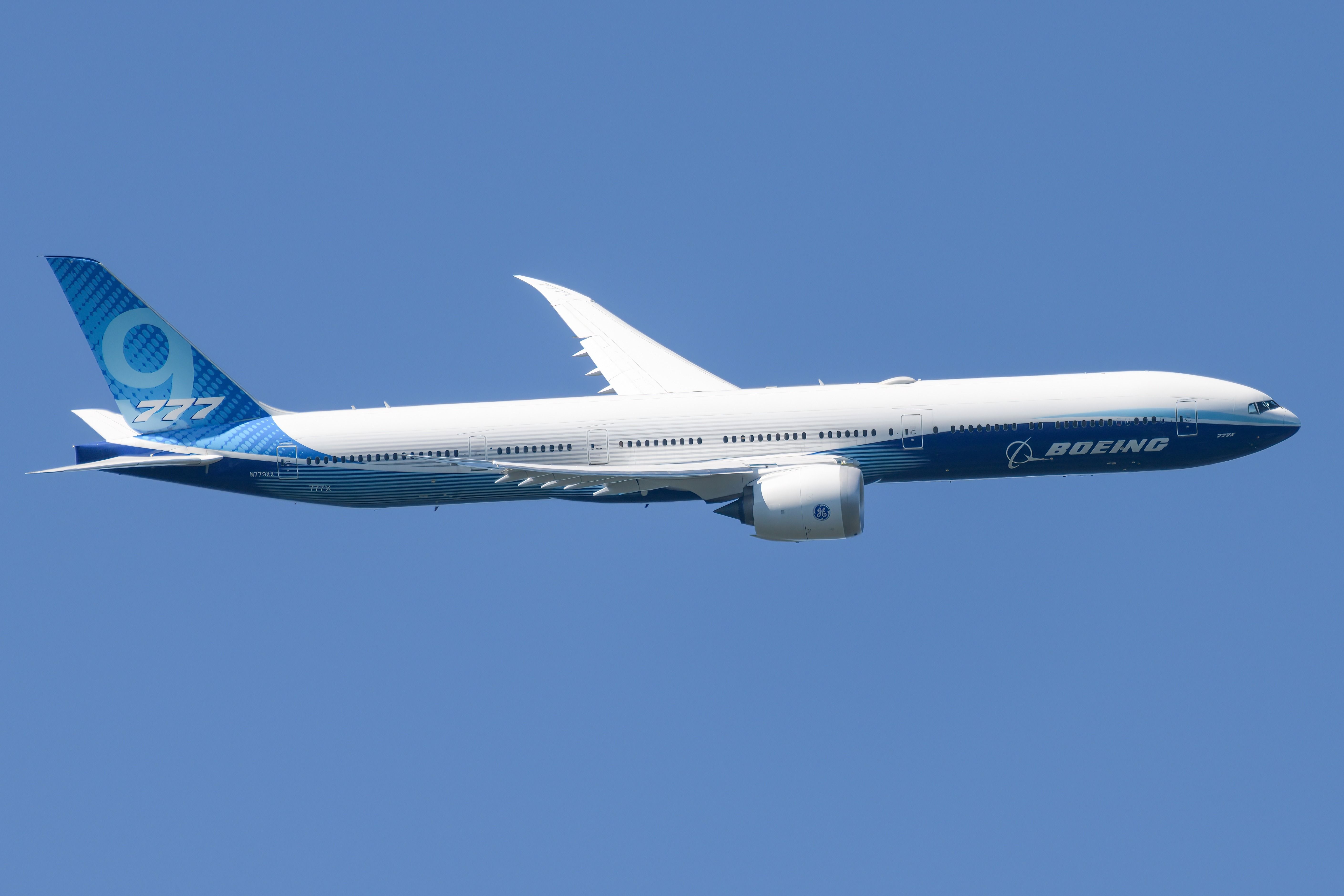
Related
Interesting Things You Did Not Know About The Boeing 777X
It is the latest member of the iconic Boeing 777 family.
Airbus has also patented folding wingtip technology
Boeing is not alone in realizing the advantage of folding wingtips with larger aircraft. It took the competition two decades, but in 2014, Airbus also secured a patent for its version of folding wingtips. It has patented both upwards folding (like Boeing) and downwards folding wingtips. It believes these downward folding tips will be lighter and safer.
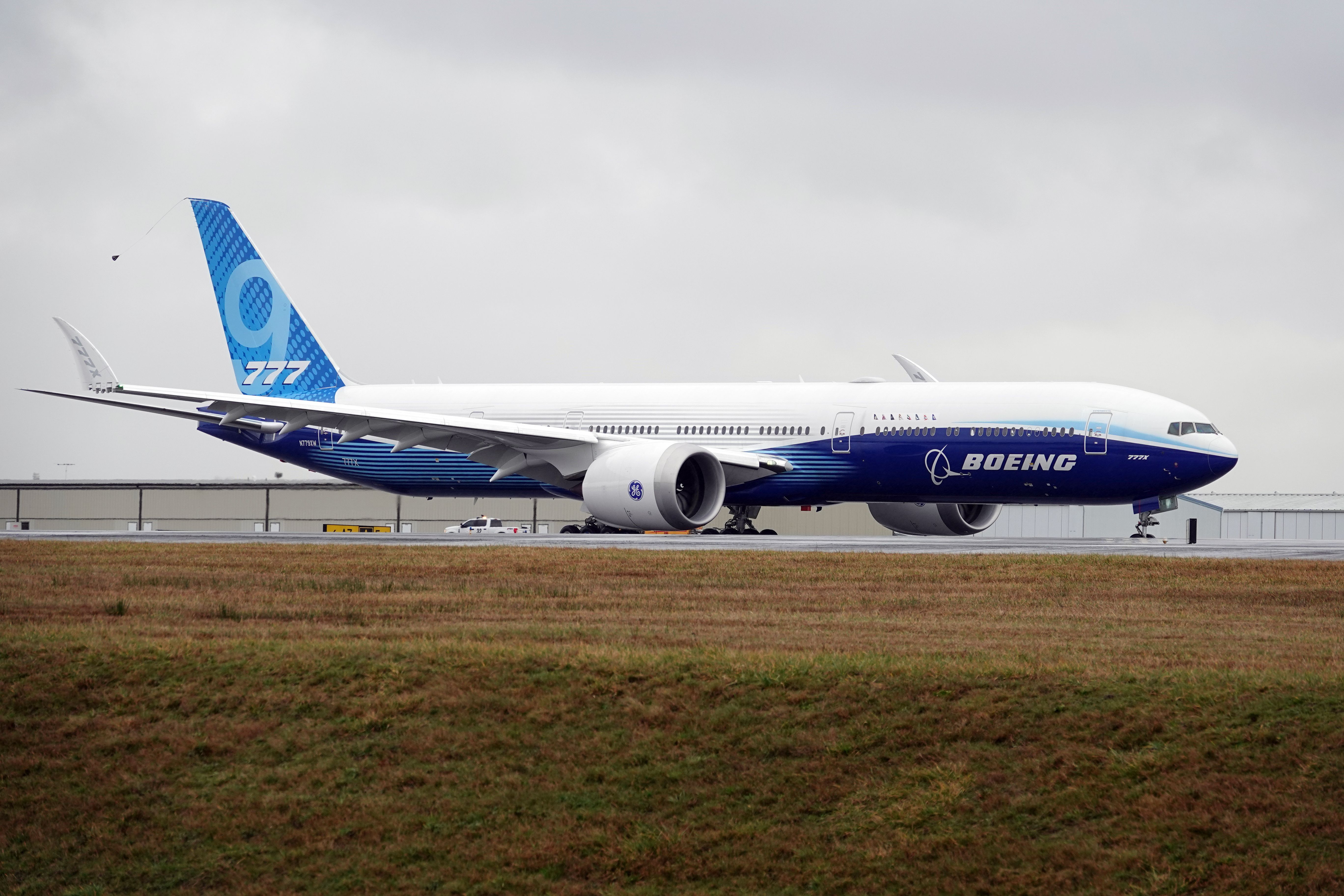
Related
Airbus Patented Folding Wingtips Like The Boeing 777X
Airbus has some innovative wing technology on the books too.
Airbus has not yet developed this technology further. Although the manufacturer clearly shares the same understanding that it is necessary for the future development of commercially viable large aircraft, it has recently been focussed on smaller aircraft development, such as the A321XLR.
Would you like to discuss more about the 777X and its wing or wingtip design? Do you think we will see this appearing in other aircraft in the future? Feel free to discuss in the comments section below.

